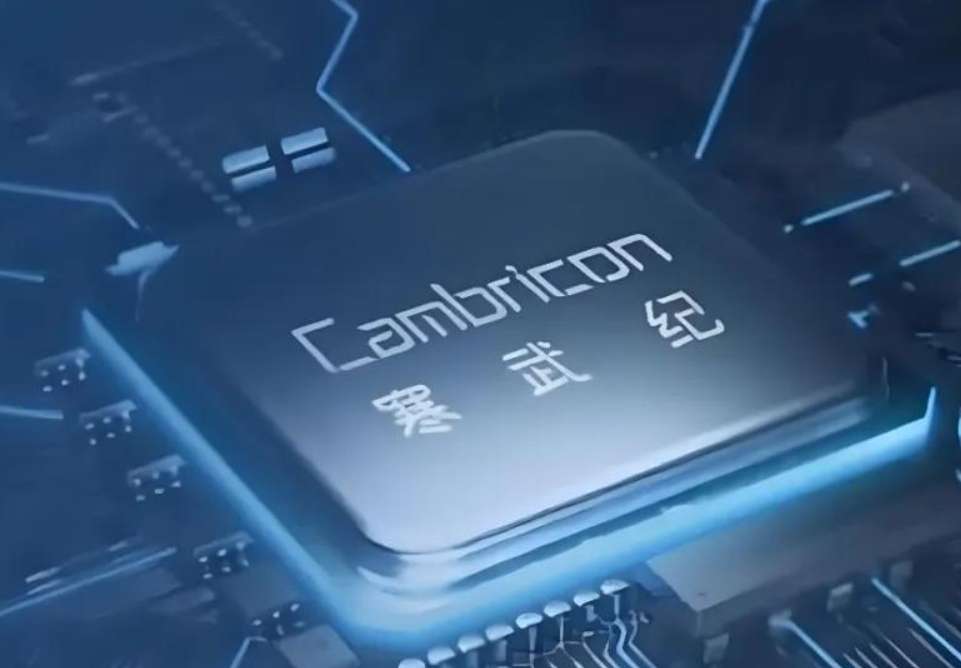The Rise of the Cambrian Era
Advertisements
In the bustling world of technology and finance, few companies have garnered as much attention—and controversy—as Cambricon Technologies. Known predominantly for its innovations in artificial intelligence chips, Cambricon has become both a darling and a target in discussions surrounding its place in the global tech landscape. The company’s journey is emblematic of the challenges and aspirations facing ambitious start-ups in a competitive market driven by rapid advancements in technology.
Cambricon’s rapid ascent in the stock market and its valuation, which has soared dramatically over the years, indicates a mix of optimism and skepticism from investors and analysts alike. In this high-stakes environment, the company's strengths and weaknesses have been magnified, leading to a polarizing reputation. On one hand, supporters champion its technological prowess; on the other, critics question its financial sustainability and overall market strategy.
At the heart of Cambricon’s success lies a focus on genuine technological innovation. Founded in 2016 by brother duo Chen Tianshi and Chen Yunjing, the company has made notable strides in the development of artificial intelligence (AI) chips designed to power various applications—from mobile devices to cloud computing infrastructures. Chen Tianshi, as the visible face of the company, commands significant shares and serves in the role of controlling stakeholder, while his brother, considered the technical mastermind, has an impressive academic background rooted in artificial intelligence.
The foundations of modern chip design involve two primary components: Integrated Circuit (IC) design and manufacturing. Cambricon has established itself firmly in the domain of IP (Intellectual Property) in chip design. This early foothold has granted the company a vital role, though it still faces daunting competition from established international players.
The company gained prominence through its first AI chip, dubbed the Cambricon-1A, which it proclaimed as the world’s first AI-specific processor IP. While some may contest the nuances of the term "first," the fact remains that Cambricon seized the opportunity to carve a niche in a burgeoning market. This strategy drew significant interest from large tech firms, most notably Huawei, which integrated the Cambricon-1A in its Mate 10 smartphone—positioning Huawei as a pioneer in bringing AI capabilities to mobile technology.
Despite early successes, Cambricon’s journey has not been without turbulence. Investors have raised concerns about the company’s heavy reliance on a small number of major clients for revenue generation, creating vulnerabilities. For instance, Huawei initially served as a dominant revenue source; however, as Huawei began developing its own chips, it transformed from a client to a competitor in the space. Such shifts present significant risks, as the stability of earnings is jeopardized by changing market dynamics.

Financially, Cambricon has faced challenges in demonstrating consistent profitability. Since its inception, the company has reported losses, calling into question its long-term viability in an industry characterized by high capital requirements for research and development. In the scramble for resources, Cambricon significantly increased its R&D investments, but year after year, it has remained in the red. As of 2022, the company's losses mounted, and its cash reserve began to dwindle, prompting management to explore lines of credit to sustain operations.
The question arises: Can Cambricon realistically transition from a loss-making start-up to a profitable enterprise? Analysts like those from Goldman Sachs have attempted to project future performance; however, many investors express skepticism about the reliability of such forecasts based on the company’s erratic earnings history. The dependence on a handful of clients only intensifies this mistrust as rapid shifts in client dynamics could further encumber earnings visibility.
The tech sector is notorious for its volatility, and Cambricon's prospects are entwined with the broader influences and challenges facing the semiconductor industry. As the global demand for AI chips surges, manufacturers are racing to capitalize on emerging technologies. Yet, as competition escalates, particularly from giants like Nvidia, Cambricon's ability to differentiate itself in a crowded market becomes paramount. Can it innovate fast enough to remain competitive, or will it falter under the weight of expectations?
Looking ahead, the dichotomy inherent in Cambricon's situation persists. On one hand, its technological capabilities hold immense promise and can potentially lead to substantial market share in a growing sector. On the other, the realities of fluctuating revenues, combined with a lack of diversified income streams, challenge its prospects. The company's journey thus far represents a classic tale of ambition—a venture uniquely positioned at the intersection of innovation and market trepidation.
In conclusion, Cambricon Technologies exemplifies the broader themes of risk and reward present within the tech industry. As the company navigates the complexities of growth, client dependency, and profitability, it remains a focal point for investors and tech enthusiasts alike. The success of Cambricon will hinge on its ability to stabilize revenues, innovate continuously, and weather the challenges that arise in an ever-evolving market landscape. Ultimately, only time will tell if it can rise above the fray or if it will succumb to the pressures of emerging competition and market reality.